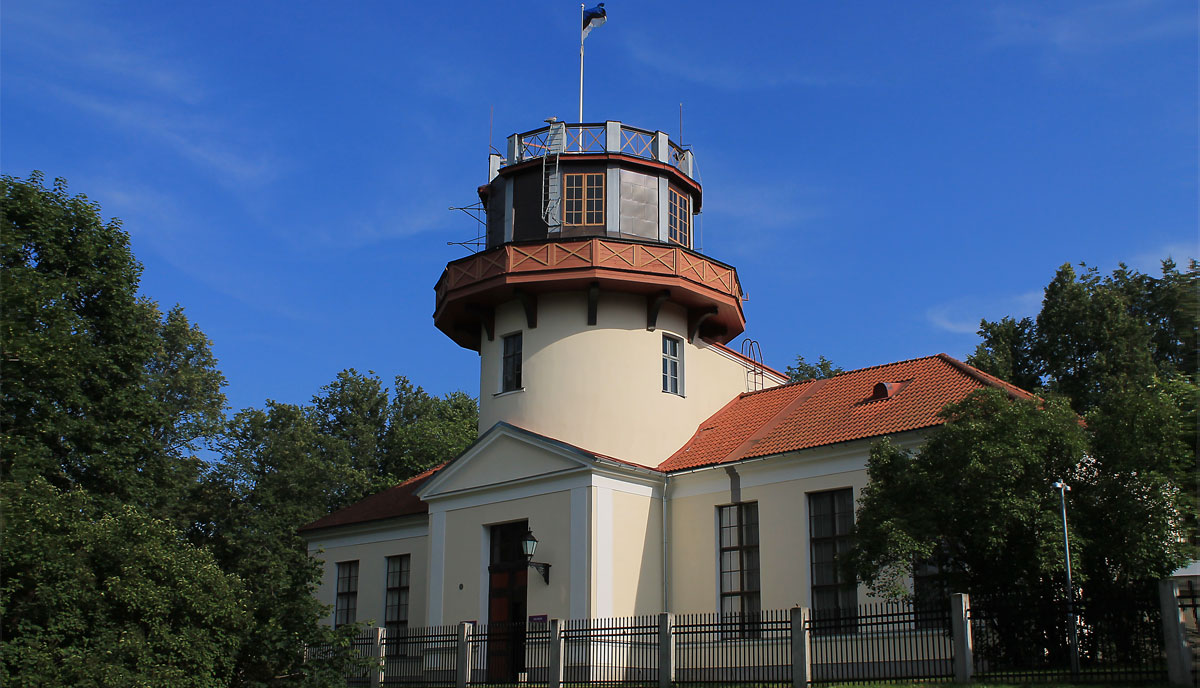
Tartu Observatory
The Tartu Observatory is a scientific institution and one of the museums of the University of Tartu. It has been the site of many scientific discoveries that have astounded the world. Today, the observatory continues its research activities and also engages in educational outreach. It is listed as a UNESCO World Heritage Site.
History of the Tartu Observatory
The Tartu Observatory was constructed between 1808 and 1810 on the site of a former episcopal castle. Johann Wilhelm Krause, the architect responsible for nearly all of the university’s buildings, designed it. The Tartu Observatory resembles similar institutions in Gotha, Göttingen, and Uppsala, which Krause used as models.
Initially, the observatory appeared as a regular building topped by a domed roof. One of its rooms housed a special meridian circle, used by scientists to create geodetic maps. In 1825, the building underwent reconstruction to accommodate a Fraunhofer refractor, then considered the largest in the world, necessitating a complete rebuild of the tower.
From 1818 to 1839, the world-renowned scientist Friedrich Georg Wilhelm Struve worked at the Tartu Observatory. He was among the first to measure the distance to stars within the Solar System. Under his direction in the 19th century, the “Struve Geodetic Arc” was created, and added to the UNESCO World Heritage List in 2005. This geodetic survey stretched from Northern Norway to the Black Sea.
Visiting the Tartu Observatory
Today, the Tartu Observatory can be visited as a museum. Its permanent exhibition caters to both adults and children, and thematic events are frequently held. Visitors can also access an observation deck.
The observatory complex includes several buildings in addition to the main one. These include a smaller observation tower with a telescope and the astronomer’s house, which is connected to the observatory by a gallery.
Official website: muuseum.ut.ee
Map Location
Tartu Observatory address:
Lossi tn 40, Tartu
Other Places of Interest
- Science experiments can be conducted at the AHHAA Science Centre in Tartu, well-known both in Estonia and internationally.
- Those interested in history will enjoy the monuments in Tartu, which are plentiful and reflect the country’s history.
- Another gem of Tartu is the University of Tartu Botanical Garden. Its outdoor collection is open for free visits.
